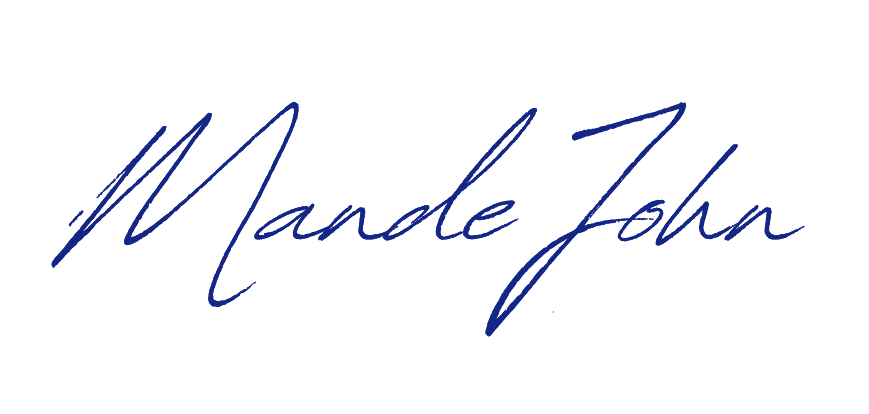“I have to justify everything I do.”
This statement from one of my clients captured a common struggle among ADHD professionals. The constant pressure to explain, defend, and apologize for how we work differently can be exhausting. But what if the path to success isn’t about changing who we are, but rather embracing our unique ways of thinking?
The Journey from Resistance to Recognition
Meet Paula (name changed for privacy), a professional transitioning from corporate work to entrepreneurship. Her story illustrates a powerful truth: sometimes our perceived weaknesses are actually untapped strengths.
The Traditional Approach Failed
Before understanding her ADHD, Paula tried conventional coaching:
- Standard productivity advice
- Generic time management strategies
- One-size-fits-all solutions
The result? Increased self-doubt and a feeling of constant failure.
The Transformation Through Acceptance
Key Breakthrough Moments
- Embracing Natural Patterns
- Recognized changing planners quarterly wasn’t a flaw—it was an effective system for regular review
- Accepted that different approaches could lead to the same successful outcomes
- Learned to adapt tools rather than force-fitting conventional methods
- Leveraging ADHD Strengths
- Problem-solving creativity
- Calm under pressure
- Ability to thrive in dynamic environments
- Innovative thinking in crisis situations
- Strategic Adaptations
- Split hour-long meetings into two 30-minute sessions for better focus
- Created visual cue systems (like smart lighting for time management)
- Developed ADHD-friendly modifications for standard business tools
Professional Impact of Acceptance
The shift from resistance to acceptance led to:
- Improved decision-making confidence
- Better boundary setting
- More effective time management
- Increased professional satisfaction
- Enhanced problem-solving capabilities
The Business Case for ADHD Acceptance
Research and experience show that ADHD traits can be significant business assets:
- Creative problem-solving
- Quick thinking in emergencies
- Ability to hyperfocus when engaged
- Novel approaches to challenges
- Natural innovation tendencies
Implementation Strategies for Professionals
- Audit Your Systems
- Identify what naturally works for you
- Stop forcing traditional methods that don’t fit
- Create modifications that align with your thinking style
- Leverage Your Strengths
- Document your unique problem-solving approaches
- Notice patterns in your peak performance
- Build systems around your natural rhythms
- Create ADHD-Friendly Environments
- Use visual cues and reminders
- Implement technology that supports your workflow
- Design flexible systems that allow for adaptation
Moving Forward: Professional Development Through Self-Acceptance
The key to professional growth isn’t about fitting into conventional molds—it’s about creating systems that work with your unique brain wiring. As Paula’s journey shows, accepting and working with your ADHD traits rather than against them can lead to substantial professional success.
Action Steps for Growth
- Identify your natural productivity patterns
- Stop apologizing for working differently
- Create systems that support your strengths
- Adapt conventional tools to fit your needs
- Celebrate your unique problem-solving abilities
The Bottom Line
Success in business doesn’t require conforming to neurotypical standards. By accepting and leveraging your ADHD traits, you can create a professional path that’s both successful and sustainable.
What ADHD trait have you transformed from a perceived weakness into a professional strength? Share your experience in the comments below.



